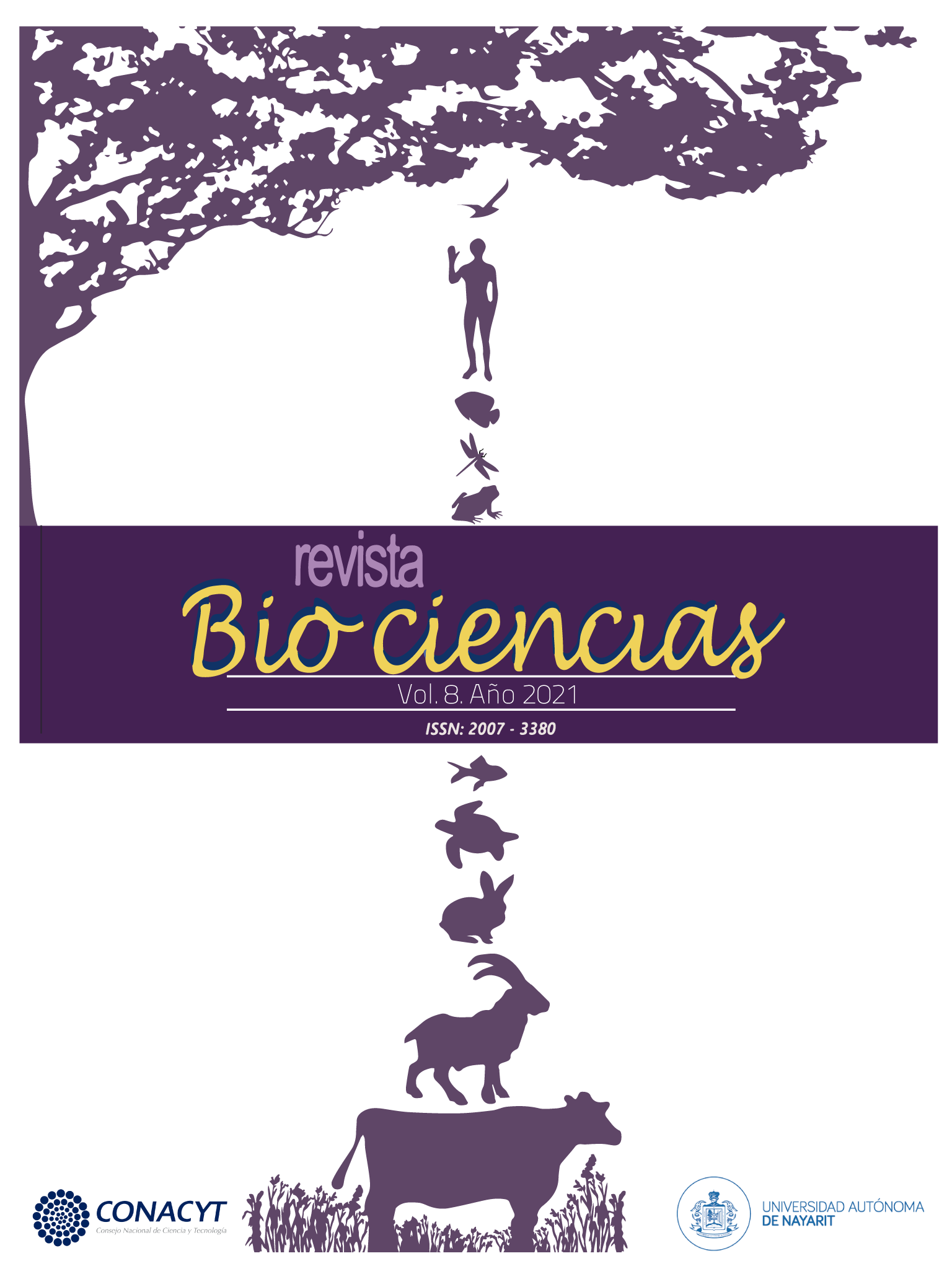Abstract
The nutritional status of a plant can be negatively modified by toxic elements that have an analogy with essential nutrients or by the stress caused at the absorption sites. The absorption and distribution of nutrients in roots and leaves of tomato plants (Solanum lycopersicum) developed under conditions of contamination by arsenic in the nutrient solution and treated with nanoparticles of silicon dioxide was evaluated. The plants were grown for 150 days in greenhouse conditions and soilless culture. Different concentrations of arsenate (0, 0.2, 0.4, 0.8, 1.6 and 3.2 mg L-1) were applied through the nutritive solution, and three concentrations of silicon dioxide nanoparticles (0, 250 and 1000 mg L-1) applied via drench. The dry root and shoot biomass production was determined, as well as the concentration of micronutrients (Fe, Cu, Zn) and macronutrients (K, S, P) in roots and leaves. Exposure to arsenic in low doses resulted in a reduction in dry biomass. The application of only silicon dioxide nanoparticles also significantly reduced biomass. The presence of arsenic in the nutrient solution decreased the uptake of Fe, Cu, Zn and P in roots, but increased the uptake of K. The nanoparticles of silicon dioxide increased the uptake of macronutrients in roots and leaves. The uptake of nutrients by tomato plants is negatively affected by the presence of arsenic in the nutritive solution; however, this effect can be reversed with the application of nanoparticles of silicon dioxide since it favors the uptake of nutrients.
Revista Bio Ciencias by Universidad Autónoma de Nayarit under Creative Commons Attribution-NonCommercial 3.0 Unported License.
Based on work of http://biociencias.uan.edu.mx/.
Further permits not covered by this licence can be found at http://editorial.uan.edu.mx/index.php/BIOCIENCIAS.






